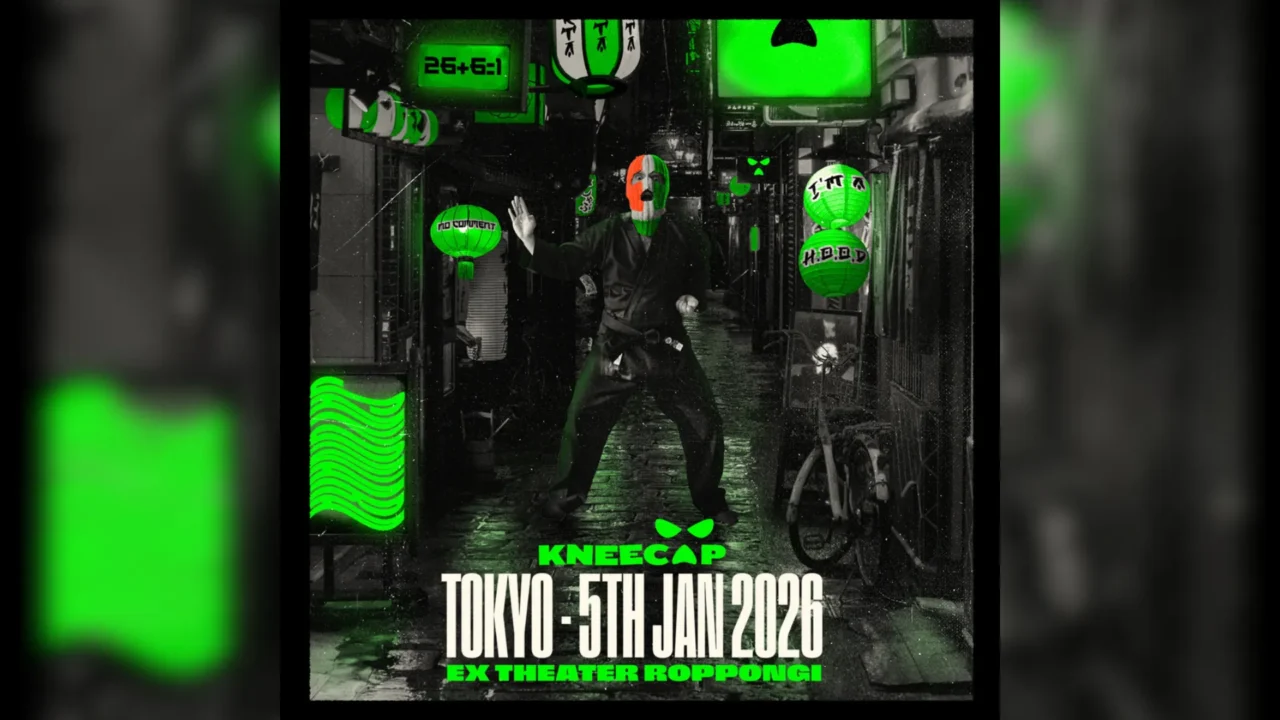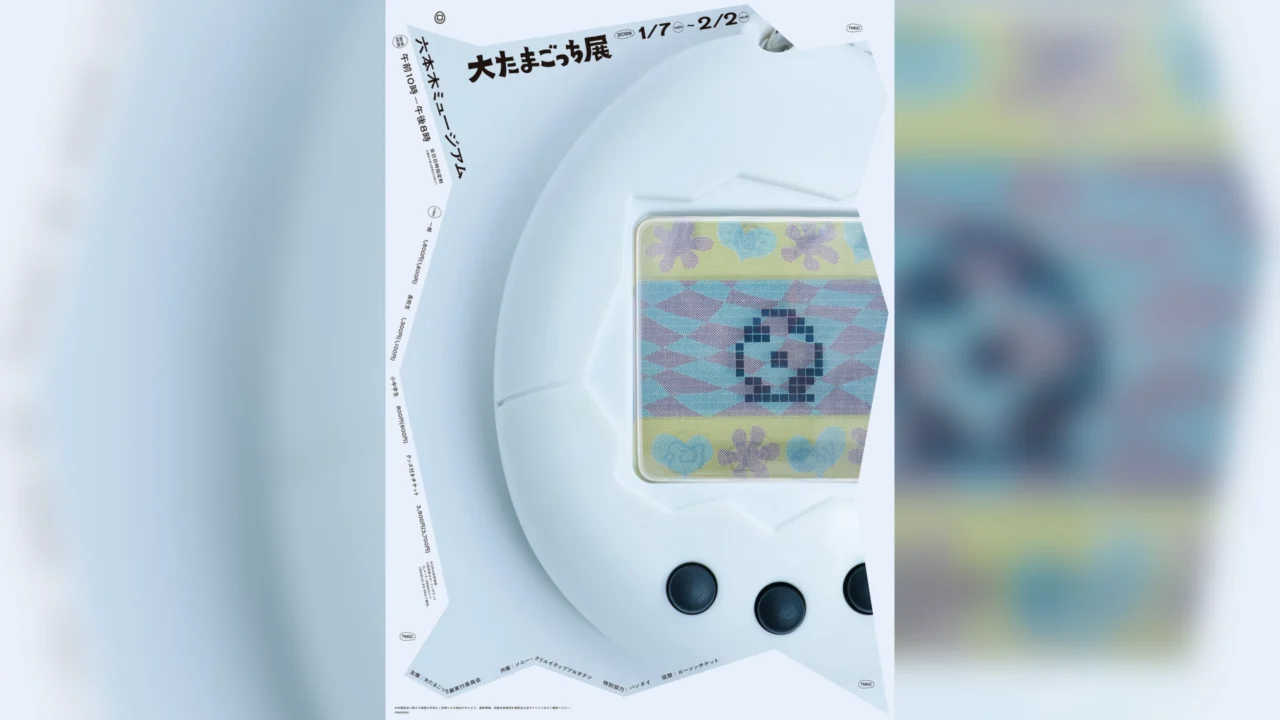INDEX
The symbolic insert song: Hachimitsu Pie’s “Hei no Ue de”
Director Mochizuki has shown extraordinary attention to the use of music in his films. For example, he used Yuka Dan for “A Yakuza in Love.” (1997), a thug film based on a true story, and for “Minazuki” (1999), for which Haruhiko Arai wrote the screenplay, he used the ending song, “Hayaku Daite,” by Itsuro Shimoda, sung by Hako Yamazaki, which shows his strong connection to 1970s culture. The use of music that strongly connects with the culture of the 1970s has been a hit with audiences. He has also created elaborate original music and used it effectively in the performances of the theater company “DOGA DOGA (plus),” which he has presided over since 2006.
In this work, “Skinless Night,” a song from the 1970s is used in a truly impressive way. It is the song “Hei no Ue de” by Hachimitsu Pie, which is played during the aforementioned “reference preview” screening of the 8mm film at the office. This song was recorded at the beginning of “Sentimental Street,” the only original album released by the band in 1973, a band that is inescapably famous in the history of Japanese rock. The song is influenced by American rock music such as the Grateful Dead and The Band, but also incorporates the poetic sentiment of Tokyo’s downtown district.
The 8mm film that Kayama directed in the past also somewhat reflects the mood of the time. In this short film, a man and woman dressed as gangsters raid a bakery because “the bread at the bakery is delicious,” giving the film a somewhat retro Taisho impression. If one were to go deeper, one might want to point out the similarities with “Yoi-machi-gusa” (1974), a film set in the Taisho era by Tatsumi Kamishiro, a master of porno films, and “Boku wa tenshi ja naiyo” (1974), directed by Morio Agata (who is also closely related to Hachimitsu Pie), and, more broadly, with Arthur Penn’s “Bonnie and Clyde” (1967), a short film set in the Taisho era. (Or perhaps the direct source of the motif is Haruki Murakami’s short story “The Second Bakery Attack” (1981).
In any case, what can be pointed out is that this 8mm film is clearly entrusted with the function of a “symbol of youth” that yearns for the subcultures of the 1970s. From the opening cut, the short film seems to be set in “Koibumi Yokocho,” a back alley in Shibuya that no longer exists. A little further up Dogenzaka is the rock cafe “BYG,” where Hachimitsu Pie used to hang out in the 1970s. Perhaps Kayama saw Hachimitsu Pie’s live performance there and had a conversation with the band’s frontman Keiichi Suzuki, who is known as an ardent movie/theater sympathizer.

























